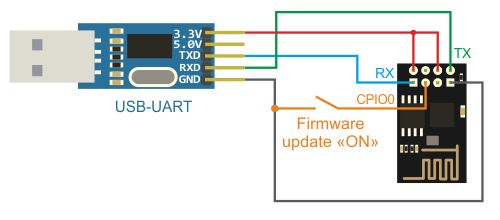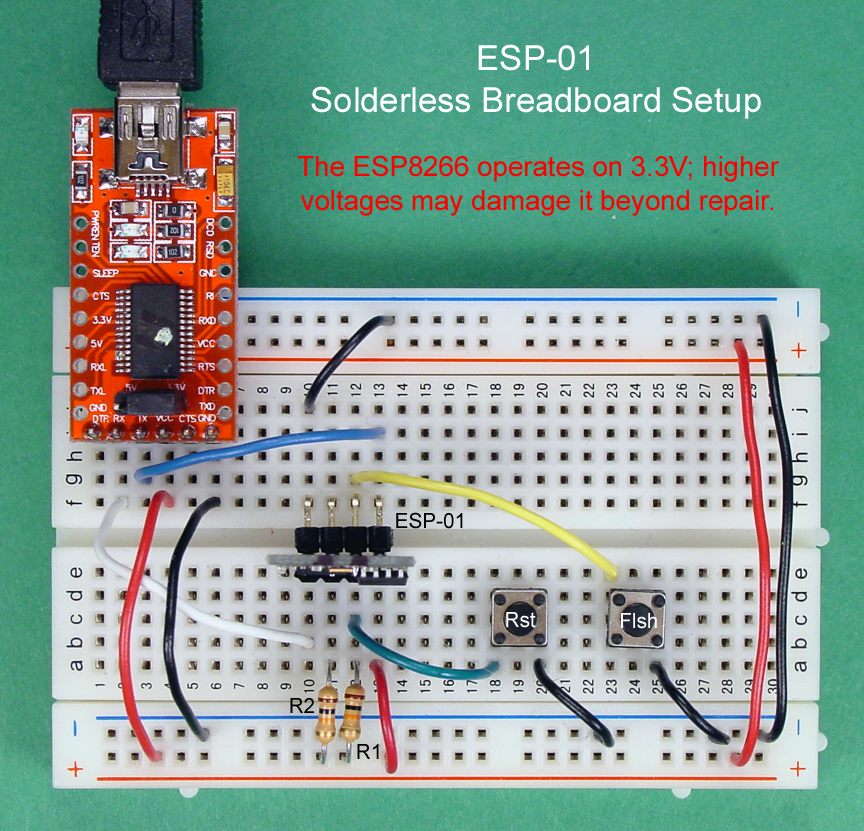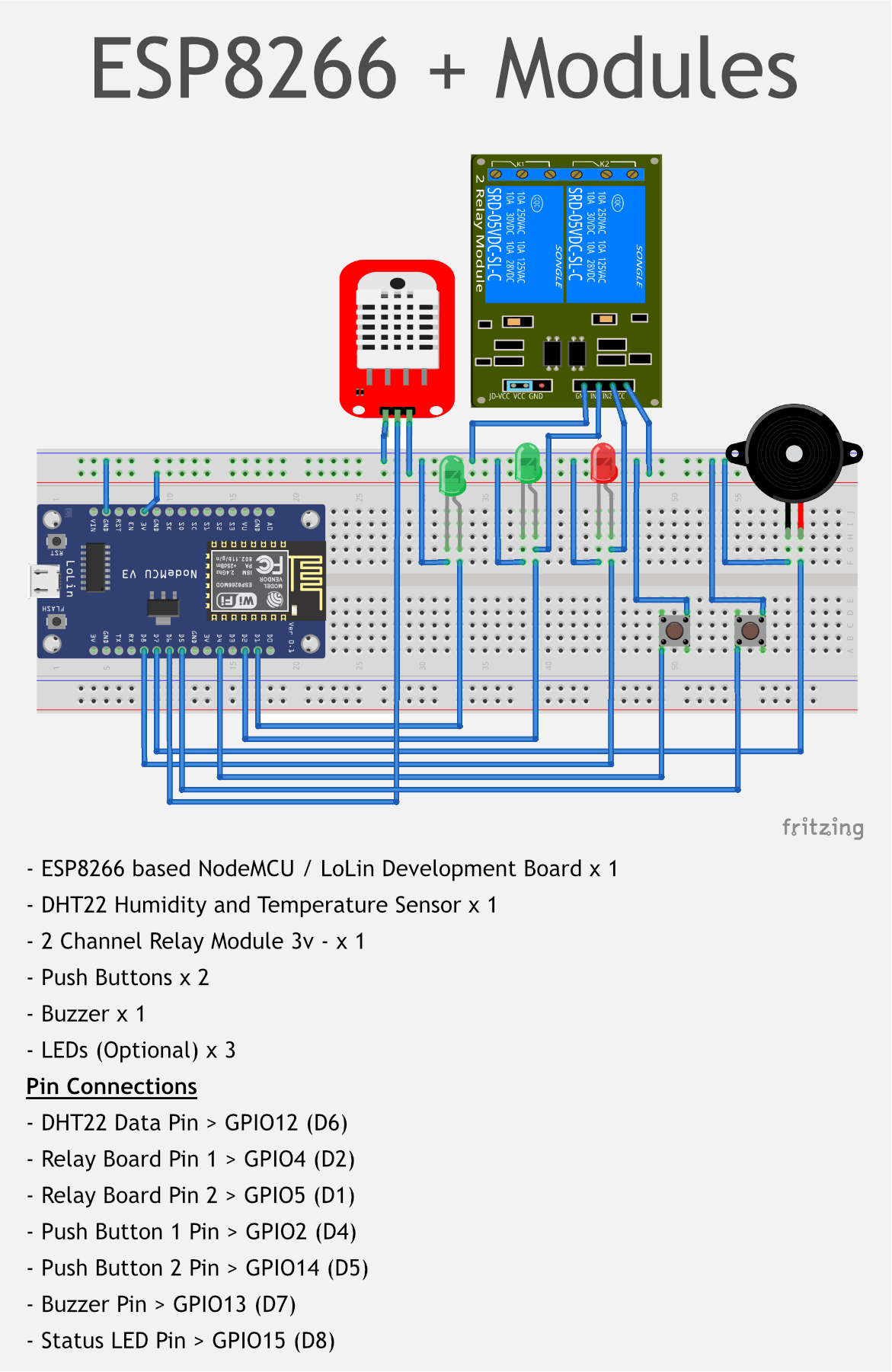
- #Esp8266 firmware differences serial#
- #Esp8266 firmware differences update#
- #Esp8266 firmware differences upgrade#
- #Esp8266 firmware differences Bluetooth#

Step 3 : Make sure correct COM pot of ESP8266 USB port detected.įor My case COM is 7 When i was use one ESP8266 Module, It May be Change when using Different ESP8266and Different USB PORTs.Uploaded file in path with green background, Set offset as 0x00000 Step 2 : Click the Gear Icon Upload the NodeMCU Custom firmware into NodeMCU Flasher Tool in config tab (Note : Don’t set any offset memory address in config tab, Leave default value 0x00000).Step 1 : Go-to NodeMCU Flasher Programmer tool folder and open ESP8266Flasher.exe.USB to UART Programmer or Ardunio Uno BoardĮSP-01 Module with CP2102 FTDI ProgrammerĮSP-01 Module with Arduino Uno board as Programmer.Build your custom firmware and upload using below steps.NodeMCU Flasher tool is flashing the NodeMCU Firmware to ESP8266 Easily.įlash Custom NodeMCU Firmware into ESP8266 using NodeMCU Flasher Tool.Always commanded to flash the float type firmware because for float type calculation and also precision process works well with float firmware.Which firmware is best to upload to ESP8266 (Float/integer)?.Make sure you enabled GPIO-0 Should be Low.

#Esp8266 firmware differences update#
#Esp8266 firmware differences serial#
ESP32 DevKit contains ESP32-WROOM, 3.3V power supply required for ESP32 and USB to serial converter for easy programming. It is based on the ESP32 microcontroller that boasts Wifi, Bluetooth, Ethernet and Low Power support all in a single chip. The DOIT Esp32 DevKit v1 is one of the development board created by DOIT to evaluate the ESP-WROOM-32 module.
#Esp8266 firmware differences upgrade#
Secure (encrypted) over the air (OTA) upgrade is also supported, so that developers can continually upgrade their products even after their release. The operating system chosen for ESP32 is freeRTOS with LwIP TLS 1.2 with hardware acceleration is built in as well. As such the chip does offer industry-leading specifications and the best performance for electronic integration, range, power consumption, and connectivity. ESP32 supports a data rate of up to 150 Mbps, and 20.5 dBm output power at the antenna to ensure the widest physical range.

The sleep current of the ESP32 chip is less than 5 μA, making it suitable for battery powered and wearable electronics applications.
#Esp8266 firmware differences Bluetooth#
The integration of Bluetooth, Bluetooth LE and Wi-Fi ensures that a wide range of applications can be targeted, and that the module is future proof: using Wi-Fi allows a large physical range and direct connection to the internet through a Wi-Fi router, while using Bluetooth allows the user to conveniently connect to the phone or broadcast low energy beacons for its detection. ESP32 integrates a rich set of peripherals, ranging from capacitive touch sensors, Hall sensors, SD card interface, Ethernet, high-speed SPI, UART, I2S and I2C. The user may also power off the CPU and make use of the low-power co-processor to constantly monitor the peripherals for changes or crossing of thresholds.

There are two CPU cores that can be individually controlled, and the CPU clock frequency is adjustable from 80 MHz to 240 MHz. The chip embedded is designed to be scalable and adaptive. Xtensa Dual-Core 32-bit LX6 with 600 DMIPSĤ48 kB of ROM for booting and core functionsĮSP32-WROOM-32 is a powerful, generic Wi-Fi+BT+BLE MCU module that targets a wide variety of applications, ranging from low-power sensor networks to the most demanding tasks, such as voice encoding, music streaming and MP3 decoding.Īt the core of this module is the ESP32-D0WDQ6 chip*.


 0 kommentar(er)
0 kommentar(er)
